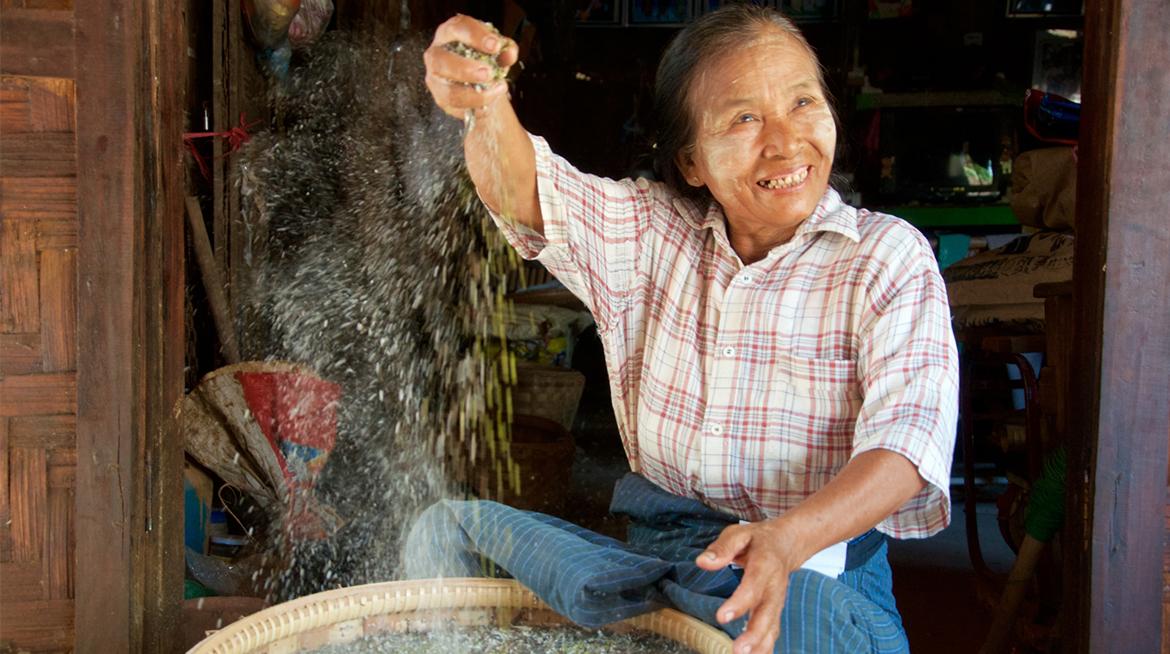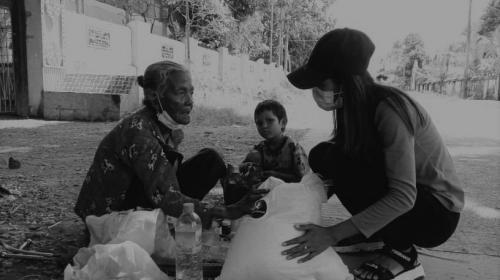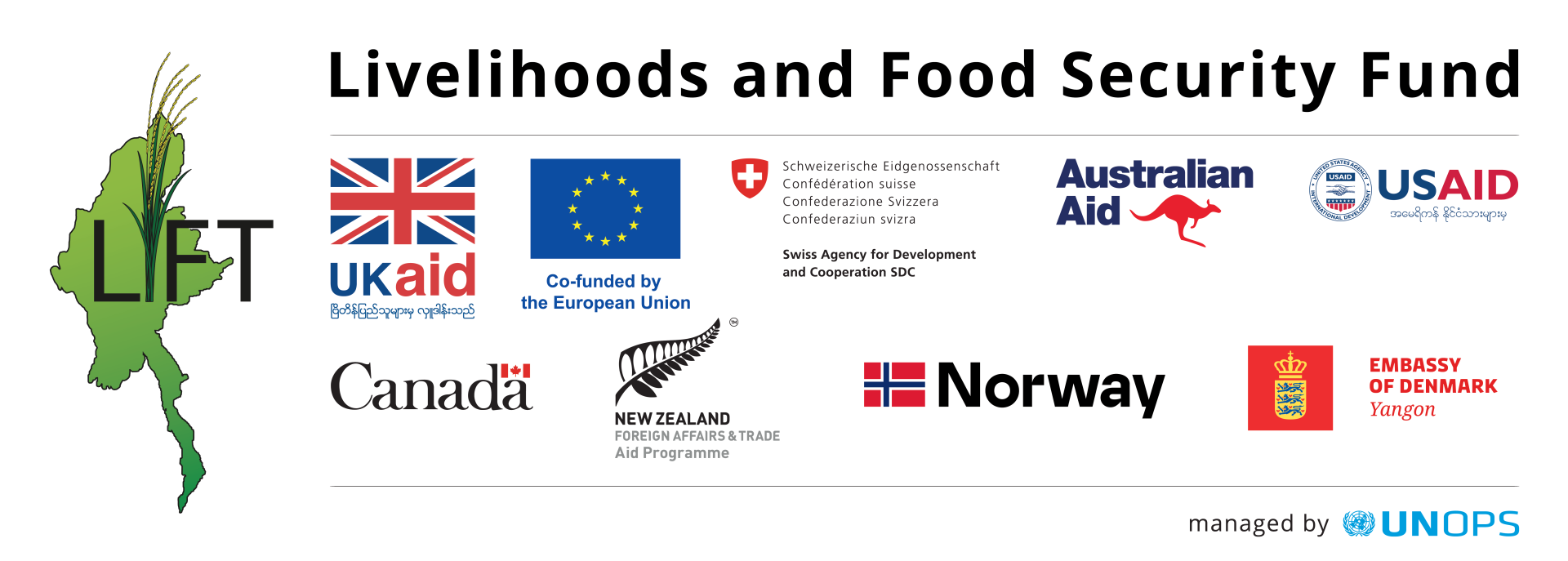
Original Article Available at :
The impact Covid-19 has had on farmers has been devastating. Harvest delays due to mobility restrictions, reduced availability of labor and variability in output and input price have resulted in food shortages and loss of income.
And yet, in the Central Dry Zone of Myanmar which is the most water-scarce, least food-secure region in the country, the land has prospered even during a spectacularly dry year. The Pyawt Ywar irrigation scheme supported by IWMI with funding from the Livelihoods and Food Security Fund (LIFT) from 2016 to 2019, has seen long-lasting impacts and continues to support farmer resilience, development of nutrition-sensitive agriculture and promoting crop diversity.
Exploring the background to the Pyawt Ywar scheme
In the past, the Myanmar government invested in 300 pump-based irrigation schemes across the region and development partners joined in to provide technical expertise and capacity-strengthening to farmers. To boost irrigation across the region, IWMI supported farmers to establish a Water Users Association to managing the Pyawt Ywar irrigation scheme. The “Five Village Bless” association with 693 members demonstrated promising results through the first season of operation. Canals uninterruptedly delivered water to the pumping stations ensuring good irrigation to crop fields while reducing disputes over water allocation.
Managing a scheme through a pandemic
When Covid hit, the Water User Association (WUA) continued to be operational and supplied water in an equitable and reliable manner. Since then, WUA has gone from strength to strength as an assessment during the dry season in the five villages served by the scheme revealed that farmers with access to irrigation and WUA support have greener fields than ever. Covid-19 measures didn’t disrupt the WUA from delivering water to their users, which allowed dry-season cultivation to continue. It allows more farmers to grow in the dry season, and it allows them to diversify the crops they grow in the dry season. In addition to green grams and sesame, which requires limited irrigation, farmers were able to grow papaya, lemon, or mangoes.
Another assessment during the monsoon season revealed that three thousand acres were cultivated and irrigated by the scheme which almost doubled the irrigated command areas compared to years prior to the rehabilitation. While the majority of farmers grow paddy in the monsoon season, almost two-thirds of the surveyed sub-groups had a second crop, half had a third crop, and one fourth even a fourth crop.
Farmers now cultivate banana, chili, guava, honey melon, lemon, mango, papaya, and sunflower alongside their rice crop. And yet, despite this, the 2020 monsoon can barely be called a monsoon, the rains are below average, and it might even become a drought year. To overcome this additional challenge, the pump stations are now running all hours of the day, which ensures every farmer gets the water they need, in quantity and in time.
How has the WUA been so impactful?
Continued progress through the pandemic was achieved in part due to a strong community commitment and a bottom-up approach. The WUA, set up by IWMI through the LIFT-funded project, developed a strong community buy-in and adapted to the circumstances and deliver water services in a collaborative way. Assessments show that farmers contribute their full fees for irrigation scheme as they value the service and trust the WUA to continue delivering this service in future.
WUA informs the farmers about the water schedule and fee payment via phone call or loudspeakers which boosts communication and transparency. Information on operation and maintenance, in addition to water schedules, are also being posted onto the WUA’s Facebook pages. This level of communication and information has only been made possible because the farmers knew, elected and trusted the sub-group representatives.
So, what does the future hold?
In a world impacted by Covid-19, farmers can see the scheme works. Canal rehabilitation and, more importantly, the establishment of the WUA in these five villages across the Central Dry Zone has made inhabitants feel more optimistic about the future. The Covid-19 health and economic crisis, as well as recent drought, could have caused optimism to fall. But not for the members of the “Five Village Bless” Water User Association. If this story shows us anything, it’s about the importance of building and supporting institutions that adapt and independently manage these resources – serving the farmers and protecting them against shocks.





